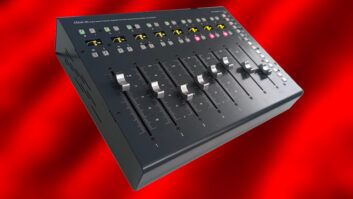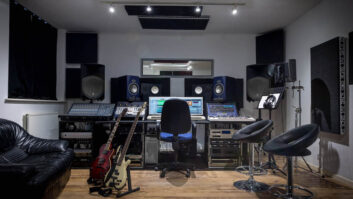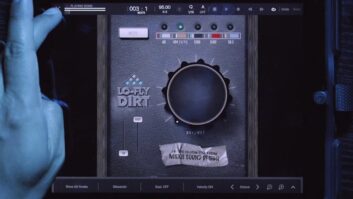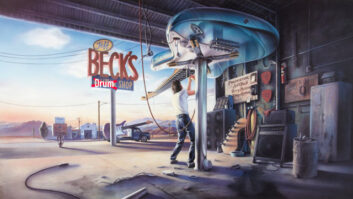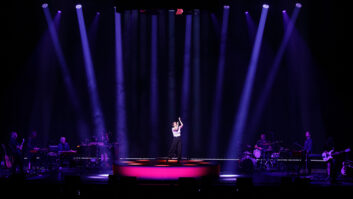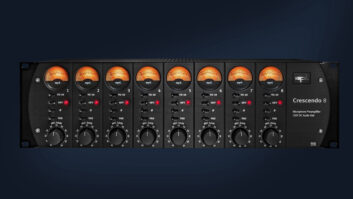
If you’re having trouble capturing the “complete” snare sound, multiple microphones on the snare top might be a solution. Place two dynamic mics at the edge of the snare in an X/Y pattern and blend them evenly in the console. This dramatically increases the area of the snare top that you pick up while keeping phase issues to a minimum. If you’re working with a drummer who plays cross-stick, put a second microphone near the rim where he hits it. I did this on a recent tour and forgot to button it out when he went back to regular snare hits. With some fairly drastic compression, it wound up being an everyday part of the snare sound! This also shows that you can discover cool tricks by accident.
—Brad Madix

When using two kick drum mics, the two signals are less than 180 degrees out-of-phase. Lining up the two signals can have a drastic effect on the kick drum’s tone and sound. Finding devices to accomplish this can be hard, but there are a number of solutions. A delay unit adjusted down to a few microseconds will suffice, as will phase-alignment units. Lastly, software plug-ins are available, whether it uses a sample delay or a phase-alignment tool.
—Thomas McNabb
PLAY:
Tell us your tip


